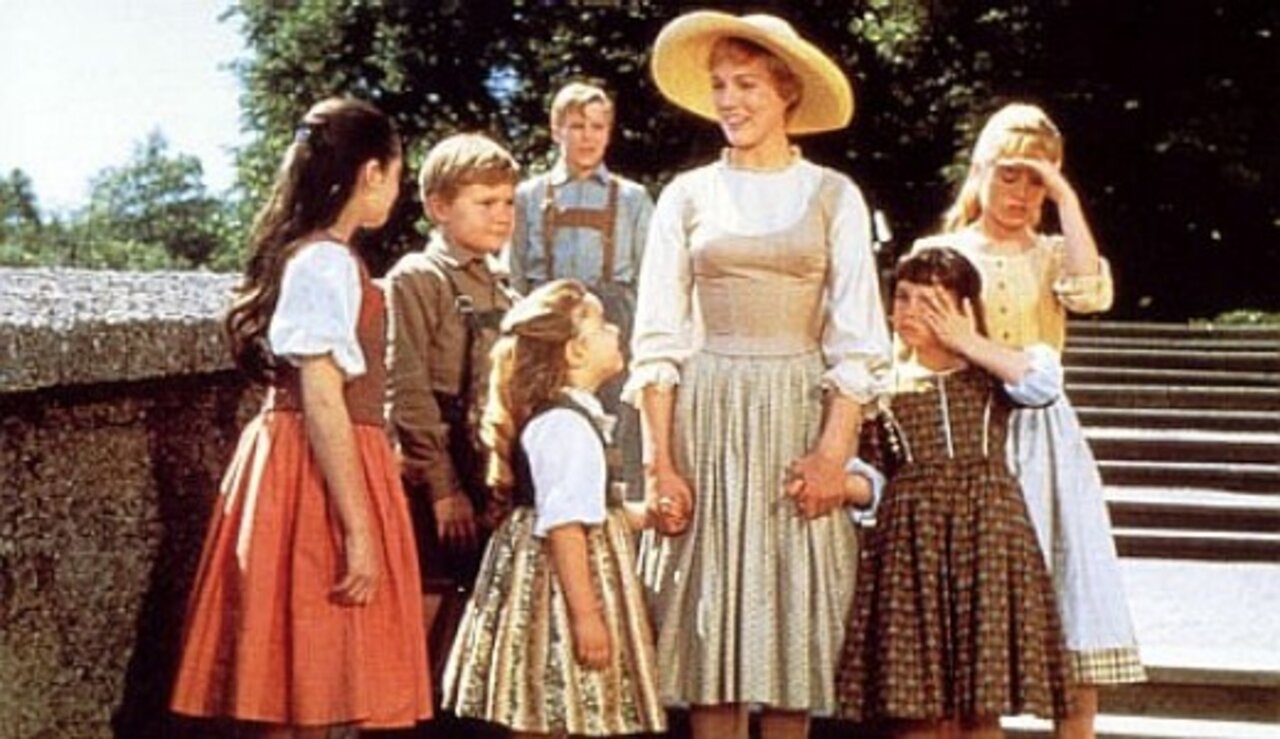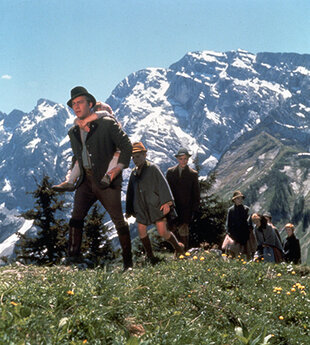The true story behind The Sound of Music

The world-famous movie The Sound of Music has enchanted millions and turned Salzburg into a dream destination for film fans. But how much of the story of Maria, Captain von Trapp, and the singing family is actually true? Many of the filming locations are real – and the historical background is just as fascinating. This article explores the original places, the Trapp family's life in Salzburg, and the differences between the movie and real events.
The Trapp family & filming locations in Salzburg
Many scenes from The Sound of Music were filmed at authentic locations in and around Salzburg, which you can still visit today. Mirabell Gardens was the setting for the famous “Do-Re-Mi” scene. Maria Kutschera lived as a novice at Nonnberg Abbey, where she also married Georg von Trapp. While the abbey is not open to the public, it remains a place of historical significance. Leopoldskron Palace served as the exterior for the Trapp villa, while the iconic gazebo from “Sixteen Going on Seventeen” now stands at Hellbrunn Palace. Other locations include Residenzplatz, the Felsenreitschule (Rock Riding School), and the church in Mondsee, where the movie wedding was filmed. Many of these sites are included in guided Sound of Music tours that depart daily from Salzburg.
The real filming locations of The Sound of Music
The real filming locations are not just movie sets – they are part of Salzburg’s cultural heritage. Visitors can follow in the footsteps of the von Trapp family and explore the original scenes that brought the story to life on screen. Whether it’s strolling through the Mirabell Gardens or visiting the pavilion at Hellbrunn, these places offer a unique connection between cinema and history.

The real life of the Trapp family in Salzburg
The real Trapp family did in fact live in Salzburg – in Villa Trapp, located in the Aigen district. Georg von Trapp, a naval officer originally from Zadar (today in Croatia), hired the young novice Maria Kutschera from Nonnberg Abbey in 1926 as a tutor for his seven children after the death of his first wife. They married in 1927 and later had three more children – ten in total, not just seven as portrayed in the movie.
Their musical journey began with small performances and developed into a professional choir under the guidance of Prelate Franz Wasner. In 1936, the family won first prize in a choir competition at the Salzburg Festival – a milestone that opened international doors.
Resistance to the Nazi regime and emigration
Georg von Trapp was a determined opponent of the Nazi regime and refused to collaborate with the German Navy. In 1938, the family left Austria – not on foot over the mountains, as shown in the movie, but legally by train via Italy and England to the USA. There, they became famous as the “Trapp Family Singers” and built a new life.
In Vermont, they founded the Trapp Family Lodge – an alpine-style hotel that is still run by Trapp family members today. The surrounding mountain landscape reminded them of their beloved Salzburg. Besides music, the Trapps supported education, conservation, and intercultural understanding. Their descendants continue to preserve the legacy – as entrepreneurs, artists, and storytellers.
Sound of Music in Austria - from unknown to cult
While the movie with famous actors became a box office hit in the United States, The Sound of Music remained largely unknown or was critically received in Austria for years. Only with the growing enthusiasm of international visitors did Austrians begin to appreciate it. Today, the film is regarded as a cultural asset and a major draw for tourism – especially in Salzburg.

What Hollywood has changed for the movie
The Sound of Music is loosely based on the book The Story of the Trapp Family Singers by Maria von Trapp. However, many details were altered or dramatized for the movie. The real family had ten children – with fictional names and personalities. Georg von Trapp was not a strict patriarch, but a kind and musical father. Maria was not clumsy or shy, but confident and strong-willed.
The family did not escape by hiking across the Alps – they traveled by train. The wedding did not take place in the lavish Mondsee church, but in the modest Nonnberg Abbey. And the music? Songs like “Do-Re-Mi” and “Edelweiss” were composed especially for the Broadway musical by Rodgers & Hammerstein – the real Trapps sang mainly classical and sacred music.
Additional liberties include the romantic subplot between Liesl and Rolf and the compression of historical events to heighten drama.
60 years of The Sound of Music - anniversary 2025 in Salzburg
In 2025, The Sound of Music will celebrate its 60th anniversary. Salzburg is planning a series of special events, tours, and exhibitions to mark the occasion. It’s the perfect opportunity for fans from around the world to retrace the steps of the real Trapp family and experience Salzburg from a new perspective. Book your Original Sound of Music Tour now and celebrate the legacy!
